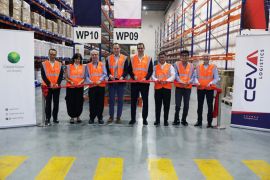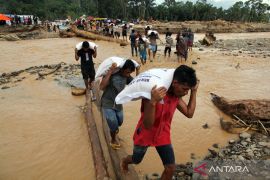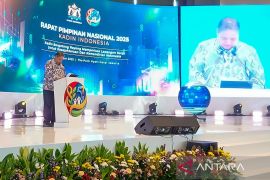Indonesia`s IIP at the end of the third quarter of 2018 recorded a net liability of US$297.0 billion, or 28.5 percent of the gross domestic product (GDP), relatively unchanged from that at the end of the previous quarter, according to a statement from BI here on Monday.
The development was in line with the slightly higher Foreign Financial Liability (FFL) position compared to the increase in the Foreign Financial Asset (FFA) position.
Indonesia`s FFL position increased along with the influx of foreign capital inflows.
Indonesia`s FFL position at the end of the third quarter of 2018 rose $1.6 billion, or 0.3 percent quarter-to-quarter (qtq), to $633.6 billion.
The increase was driven by the influx of foreign capital flows, mostly in the form of direct investment and other investments, reflecting optimism in the domestic economic performance.
Further increase in the FFL position was restrained by the strengthening of the US dollar against the rupiah that resulted in a decline in the value of the rupiah-denominated investment instruments.
Indonesia`s FFA position increased mainly due to acquisition of other investment assets.
Indonesia`s FFA position at the end of the third quarter of 2018 rose $1.5 billion, or 0.5 percent qtq, to $336.6 billion.
In addition to other investments, the acquisitions of direct investment and portfolio investment assets also contributed to the increase in the FFA position.
BI views that the development of Indonesia`s IIP at the end of the third quarter of 2018 remained healthy.
This is reflected in the relatively stable ratio of Indonesia`s net IIP liability to the GDP in the average range of peer countries at some 29 percent.
In addition, the structure of Indonesia`s net liability position was dominated by long-term instruments.
Nevertheless, BI will remain vigilant over the risk of Indonesia`s net IIP liability position to the economy.
Going forward, BI believes that Indonesia`s IIP performance will improve further in line with maintained economic stability and continued recovery of Indonesia economy, supported by consistency and synergy in the policy mix of monetary, fiscal, and structural reforms.
Reporting by Azis Kurmala
Editing by Andi Abdussalam
Reporter: antara
Editor: Heru Purwanto
Copyright © ANTARA 2018












